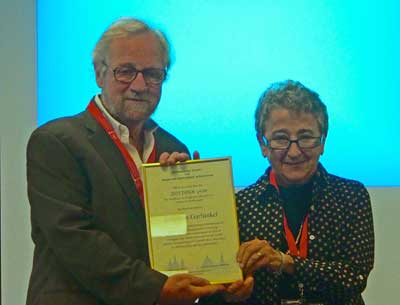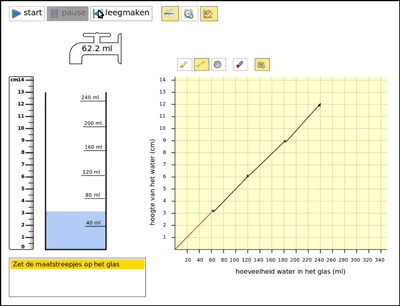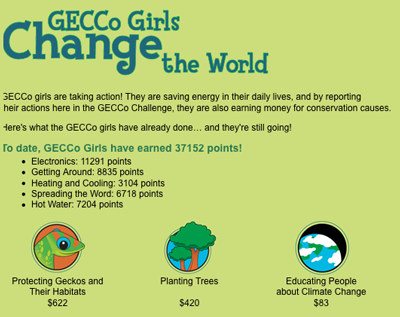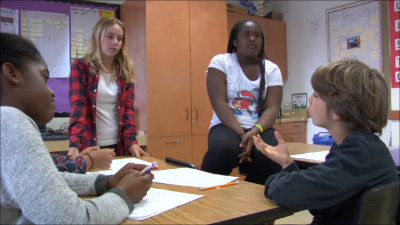This article is taken from Dr. Garfunkel’s talk at the 2016 ISDDE Conference in recognition of his ISDDE Lifetime Achievement Award. It consists of a tour through U.S. mathematics education reform over the past 40 years, highlighting the major trends, in particular with regard to advances and setbacks in the teaching of mathematics through modeling and applications
Issue 10 – February 2018
Welcome to Educational Designer #10
This issue contains four contributions that demonstrate the scope of work in ISDDE. Sol Garfunkel's 2015 ISDDE Lifetime Achievement Award presentation reflects on how he has provided advocacy and support for mathematical modelling and applications. There are two articles reporting processes that simultaneously improve products and research learning. De Beer, Gravemeijer, & van Eijck give deep insights into how students' concepts of speed develop and can be promoted through an instructional sequence. Puttick, Bernstein & Edwards highlight the cultural and identity issues that arise when designing for an informal, free-choice, environment. The fourth article is an outcome of collaboration beginning at an ISDDE conference. Bopardikar, Carlson, Kimber, Loper, Pareja Roblin & Rostovtseva present a framework for how video can contribute to teacher learning that can be used to guide future work.
In presenting this issue, I thank the associate editors Dor Abrahamson, Max Stephens and Frans van Galen for their academic advice, their reviewing of articles, and their work in encouraging contributions. I also thank associate editor Sheila Evans and especially Daniel Pead our webmaster. Daniel prepares the text, media and links that enable contributors to showcase their educational designs so well. I also thank the anonymous specialist reviewers, many but not all of whom are members of ISDDE. The editorial team hopes that you find the articles in this issue valuable for your work.
Kaye Stacey
Editor in Chief
Lifetime Achievement Award 2015 Address
Sol Garfunkel
Retrieved from: http://www.educationaldesigner.org/ed/volume3/issue10/article36/
Exploring instantaneous speed in fifth grade
Huub de Beer, Koeno Gravemeijer, and Michiel van Eijck
This paper illustrates the development of a prototypical instructional sequence on instantaneous speed for 5th grade in terms of the researchers' own learning process. The development of this instructional sequence in a design research project is tracked from the starting-up phase through three subsequent design experiments in terms of a framework that encompasses both the design decisions and the theoretical and experiential foundations for those decisions. Such a framework of reference may take the form of a local instruction theory that offers a rationale for the instructional sequence on the basis of which teachers and educational designers may adapt the instructional sequence to their own needs.
Retrieved from: http://www.educationaldesigner.org/ed/volume3/issue10/article39/
A Girl Scout Program Focused on Energy Conservation
Gillian Puttick, Debra Bernstein and Teon Edwards TERC, Cambridge, Mass., U.S.A.
This paper describes the retrospective analysis of a sequence of design decisions made while iteratively developing a science program for eight- to fourteen-year-old Girl Scouts. The program focused on energy conservation and climate change. To analyze the design, we drew on the original theoretical framework and analyzed design documents to clearly articulate a series of previously implicit design conjectures. Aligning materials, task, and participant structures in the program with the design conjectures revealed three implications for design. These emphasize the importance of: i) clearly and explicitly articulating conjectures about how intended program elements mediate the connection between the designer’s assumptions and the intended outcomes, ii) becoming sufficiently familiar with the institutional culture as it is enacted in the learning space, and iii) in addition to learning theories, considering the incorporation of theories related to other factors such as motivation, theories of behavior change, and identity.
Retrieved from: http://www.educationaldesigner.org/ed/volume3/issue10/article37/
Three Design Heuristics for Enhancing the Use of Video to Improve Teaching Practice
Anushree Bopardikar, Janet Carlson, Elizabeth Kimber, Suzanna Loper, Natalie Pareja Roblin Tatiana Rostovtseva
The use of video tools to support teacher learning has become increasingly widespread. While evidence points to the multiple affordances of video to enhance teacher learning, specific design principles that can guide the use of current video-based tools have not been well articulated. With the ultimate goal of developing a framework with shared design heuristics for the use of video to improve teaching practice, this paper describes the design strategies used by four research and development projects concerned with the use of video to support teacher learning in STEM subjects. Based on a review of the literature and inductive analyses of common design features across the four projects, three key design heuristics were identified. We describe the three heuristics including both a discussion of relevant literature and detailed examples of how the heuristics were implemented across the four projects. Altogether, the three design heuristics illustrate various ways to use video as a tool for teacher learning and yield insights that can inform the design of future video-based professional learning experiences.
Retrieved from: http://www.educationaldesigner.org/ed/volume3/issue10/article38/



